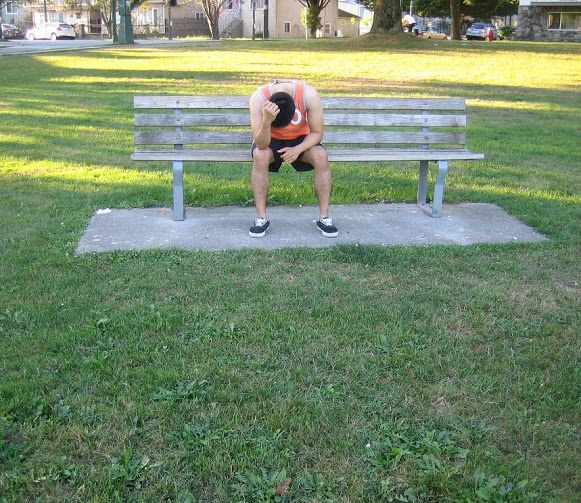It is important to note that relapsing fever is caused by strains of the Borrelia species and spread by infected tick or lice.
- Tick-borne relapsing fever – an individual might be bitten by infected ticks that are usually carried by rats. Since the ticks feed at night and do not stay attached for long, many do not recall having a tick bite.
- Louse-borne relapsing fever – this tends to occur during epidemics especially in areas affected by war and refugee camps. An infestation of louse is usually evident.
What are the symptoms?

An individual will experience abrupt chills followed by high fever, vomiting, severe headache and muscle or joint pain. There is also a reddish rash on the trunk and limbs as well as reddened eyes.
After 5 days, the fever stops abruptly and the individual starts to feel better. Nevertheless, the fever and other symptoms recur and resolve at 1-2 week intervals for 2-10 episodes. These episodes become progressively less severe and eventually recover as immunity to the disease develops.
Later in the illness, other symptoms might develop which includes jaundice (yellowish discoloration of the white part of the eyes and skin), erratic heart rhythm, enlarged spleen and liver or heart failure. If the condition develops in a pregnant woman, there is a risk for miscarriage.
How is it diagnosed
When diagnosing relapsing fever, the doctor will take a sample of blood and assess it under a microscope to check for the presence of the Borrelia bacteria.
Treatment for relapsing fever
When treating relapsing fever, antibiotics such as doxycycline, tetracycline or erythromycin are usually effective.
Within 2 hours after the initial dosage of the antibiotic is given, an uncomfortable reaction can manifest which results to shaking chills, sweating, fever and a drop in the blood pressure. One way in which the doctor minimizes the severity of this reaction is to provide acetaminophen before and after the initial dose of the antibiotic.

